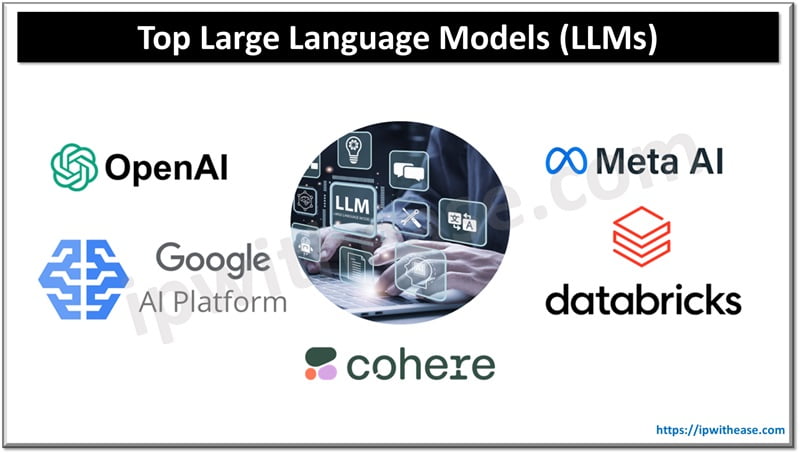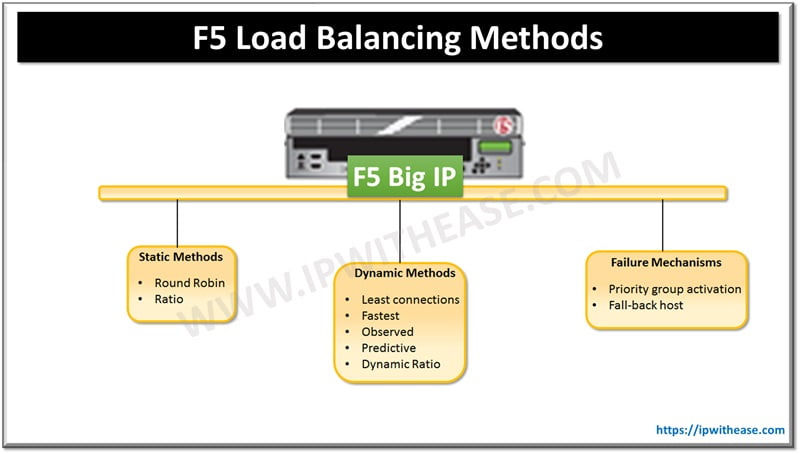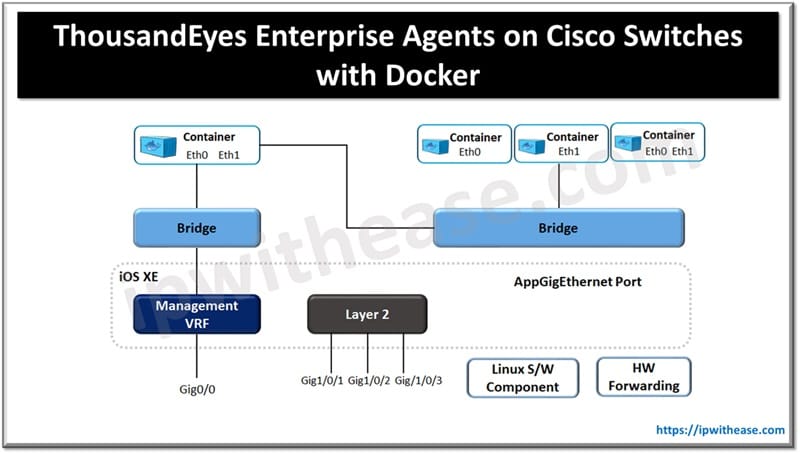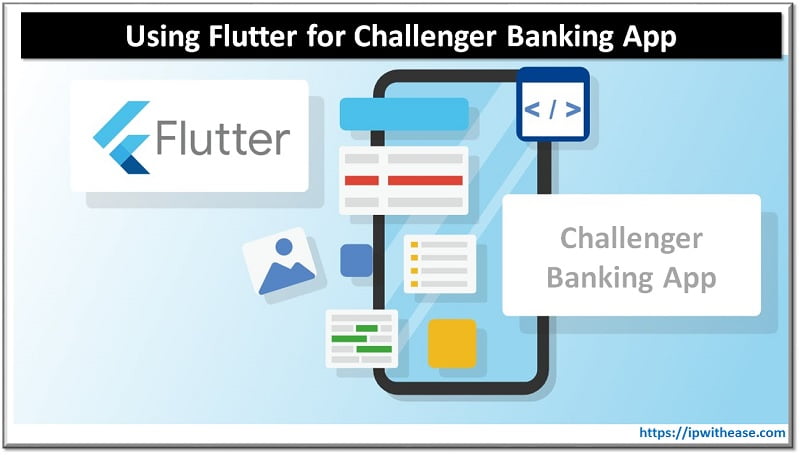Table of Contents
Feeling a bit lost in the expanding realm of AI? Keeping up with the rapid pace of technological advancements can be quite challenging. But don’t worry. Understanding LLMs can give you a significant edge in building generative AI apps. These models are at the heart of the current most advanced AI systems. LLMs are known to offer incredible capabilities for creating everything from chatbots to content generators.
But here’s the catch: not all models are created equal. Thus, choosing the right LLM can make or break your project. That’s why it’s important to discover the top models available right now. This will help you navigate this complex domain and find the perfect fit for your generative AI needs. Get ready to explore the top LLMs!

Understanding Large Language Models
What Are Large Language Models?
Large language models are advanced algorithms designed to understand and generate human-like text. They process and learn from massive text data because of neural network architectures. These are unlike standard AI models. One that uses billions of rules or algorithms to understand context, nuance, and even subtle humor. This sophistication enables them to perform a wide range of language-related tasks, be it answering questions or creating content.
How Do They Work?
LLMs work by being trained on large datasets that include a diverse range of texts. This training process involves feeding the model huge amounts of text data, such as books, articles, and websites. It allows models to learn language patterns and relationships. The LLM adjusts its parameters through a method called optimization. This is where it makes predictions about the next word in a sentence and learns from its mistakes.
As the model processes more data and refines its parameters, it becomes more adept at understanding and generating text. Scaling is also a critical component of how LLMs work. Larger models can handle more complex tasks and provide more accurate responses because they have a greater capacity for understanding context and generating relevant text. This scaling enables LLMs to tackle longer texts and more nuanced queries with ease.
Why Are LLMs Important?
LLMs are essential in AI because they interpret and generate text like humans. These advanced tools can improve customer service with chatbots and help with tasks such as creative writing and content development. Their versatility allows them to adapt to different tasks and needs. This makes models essential for businesses, educators, and everyday users alike. A top generative AI development company will employ the best model while developing generative AI solutions. Thus, LLMs are not only advancing the field of AI but also transforming how we interact with technology. It’s bringing us closer to more intuitive and effective communication with machines.
The Top Large Language Models
1. OpenAI
OpenAI is at the forefront of the AI revolution. It’s pushing boundaries with its cutting-edge models. Their standout LLM, GPT-4, represents a significant leap in language processing. It’s known for its impressive ability to understand and generate human-like text. But OpenAI doesn’t stop there. Tools like ChatGPT, DALL-E, and Codex are also reshaping how we interact with machines. For instance, ChatGPT offers an intuitive and engaging conversational AI experience.
Next, DALL-E turns textual descriptions into stunning images, blending creativity with technology. Codex takes things further by understanding and generating code. This makes it an invaluable asset for developers. Each of these tools is making a notable impact across various industries, from enhancing customer support to driving creativity and innovation.
Related: Generative AI vs ChatGPT: What is the difference?
2. Meta AI
Meta AI is championing the open-source movement with its impressive lineup of models, including LLaMA 2. The model is transparent and collaborative. This makes it accessible to researchers and developers. Further, Meta AI promotes AI community involvement and innovation through open source. But Meta AI’s contributions go beyond just models. Tools like BlenderBot and Galactica are pushing the envelope in AI research and applications.
BlenderBot excels in creating natural, engaging conversations. This makes it a powerful tool for enhancing user interactions. Galactica, on the other hand, is focused on advancing knowledge and data processing. This provides researchers with a robust tool for exploring complex topics. Thus, Meta AI’s approach is helping to democratize AI technology and drive progress across the board.
3. Cohere
Cohere is carving out a niche with its focus on language understanding tailored for business applications. Their flagship model is designed to produce high-quality text that meets specific business needs, be it for content creation or customer engagement. It’s called Cohere Generate. Meanwhile, Cohere Embed offers sophisticated language embeddings that enhance search and recommendation systems.
These tools are transforming how enterprises leverage AI. Cohere delivers powerful language solutions to help businesses enhance operations, streamline workflows, and have more meaningful customer connections. They are an important player in enterprise AI due to their focus on business applications.
4. Google AI Platform
Google AI is a heavyweight contender in the AI arena. It’s known for its impressive suite of tools and models. One of its standout offerings is PaLM 2. This model pushes the boundaries of language understanding. PaLM 2 is designed to grasp complex contexts and deliver precise, insightful responses. This makes the tool a valuable asset for various applications. Further, Google AI’s influence extends beyond just PaLM 2.
Tools like Bard, Vertex AI, and the Google Cloud AI suite are driving innovation across multiple sectors. For example, Bard enhances creative and informative text generation. It’s known for producing high-quality content. Vertex AI offers a unified platform for building, deploying, and managing machine learning models. It streamlines the AI development process. Meanwhile, Google Cloud AI works smoothly with other Google services. Google’s diverse range of tools is setting new standards and transforming how industries use AI.
5. Databricks
Databricks is making waves by integrating data and AI in a way that redefines business intelligence. Their approach combines powerful data processing with advanced AI capabilities to create a seamless environment for extracting valuable insights. A key player in their lineup is Dolly. The model excels in generating text tailored to meet specific business needs. Databricks also offers Lakehouse AI. The tool combines data lakes and warehouses into one platform.
This integration helps companies manage and analyze massive volumes of data while utilizing AI for better insights and decisions. Databricks simplifies data and AI procedures to help companies innovate their data strategies. Their unique approach is setting a new benchmark for how businesses can leverage AI to gain a competitive edge.
How to Choose the Right LLM?
Selecting the right large language model for your needs can be challenging. Yet a clear approach will make it much easier. Here’s a straightforward guide to help you make an informed decision:
1. Define Your Needs
Start by pinpointing what you want the LLM to do. Are you looking for a model that excels in creative writing, customer support, or data analysis? Different LLMs have unique strengths. So, understanding your specific needs will help you choose a model that aligns with your goals.
2. Evaluate Performance
Check the performance benchmarks of various models. Look for metrics like accuracy, coherence, and context understanding. Many models publish their performance results. So compare these to see which one delivers the best results for your requirements.
3. Consider Integration
Think about how easily the LLM can integrate with your existing systems. Some models come with extensive APIs and support for various platforms. This makes it easier to incorporate them into your workflows. Choose a model that fits well with your tech stack to avoid compatibility issues.
4. Assess Scalability
Consider whether the LLM can scale to meet your needs. Pick a model that can handle an increased workload without compromising performance when you anticipate growing demands. Scalability ensures that the model continues to meet your needs as your requirements evolve.
5. Review Cost and Resources
Look at the costs associated with using and maintaining the LLM. Some models are more resource-intensive than others, which can affect both financial and technical aspects. Choose a model that fits within your budget and resource capabilities.
6. Examine Support and Community
Check the level of support available for the model. A robust support system and an active user community can be invaluable when you encounter issues or need advice. Models with strong support networks often offer better long-term reliability.
Conclusion
In conclusion, diving into the world of large language models is like exploring a universe of endless possibilities. These models are reshaping how we interact with technology with their vast capabilities. This makes everything from daily tasks to complex problem-solving more accessible and efficient. LLMs have become indispensable tools for innovation, creativity, and communication.
These models will continue to advance many sectors in the future. Further, keeping an eye on these top-mentioned LLMs will give you early access to exciting tech advancements. This is regardless of whether you’re a tech enthusiast, professional, or just interested in the newest improvements. The journey has only just begun, and the best is yet to come!
ABOUT THE AUTHOR
IPwithease is aimed at sharing knowledge across varied domains like Network, Security, Virtualization, Software, Wireless, etc.



